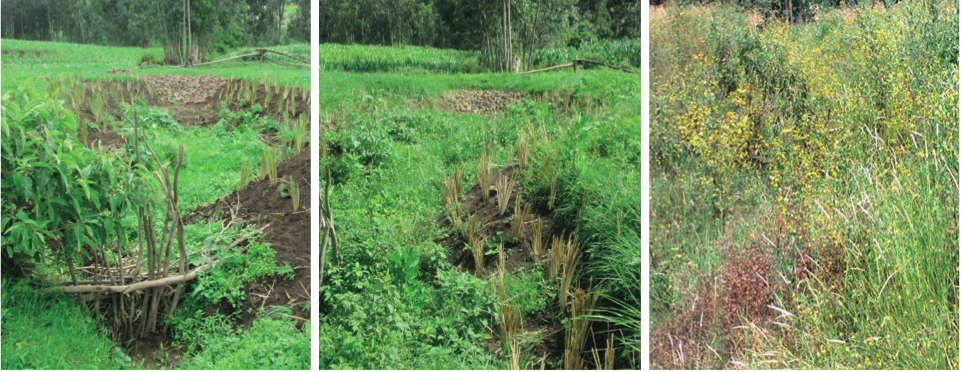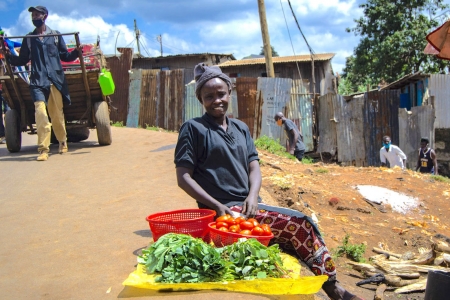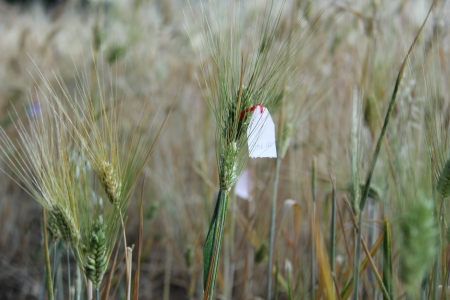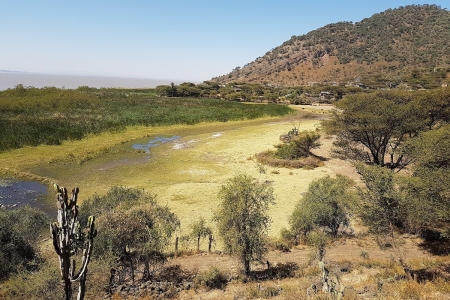In 2010, the Ethiopian government launched a land restoration program that aimed to double agricultural productivity through improving the management of natural resources and agricultural lands. Since then, physical and biological Soil and Water Conservation (SWC) measures have been introduced in more than 3,000 watersheds that are managed by local communities.
Scientists from the International Water Management Institute (IWMI), which leads the CGIAR Research Program on Water, Land and Ecosystems, have developed a set of recommendations and methods for sustaining the benefits of SWC measures over time.
Researchers recommend that physical SWC measures, such as soil bunds with infiltration ditches, stone-faced soil bunds and stone bunds, should be designed to accommodate peak rainfall events, which cause considerable runoff and contribute significantly to annual sediment load. Further, it is important to understand how groundwater dynamics and soil types affect the efficiency of different SWC measures in order to successfully match specific measures to specific locations.

Regarding the treatment of gullies, which are a serious environmental and social problem in the highlands of Ethiopia, researchers recommend to give priority to gullies on the valley bottom, to start treatment before gullies become severe, to improve the design of diversion canals above gully heads, and to work with local communities to reclaim gullies.
Finally, it is recommended to maintain SWC measures every three to five years in order to sustain their benefits.










